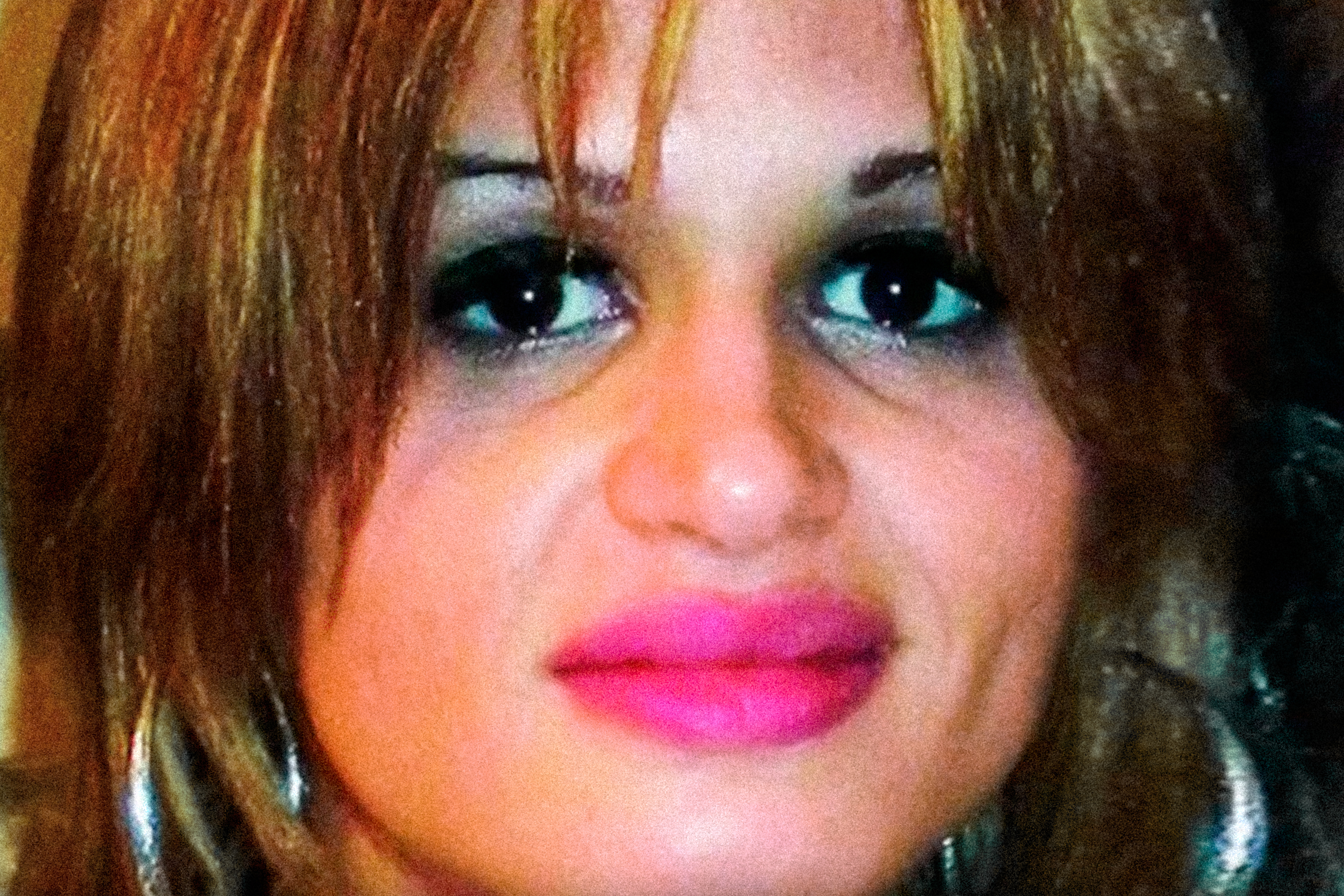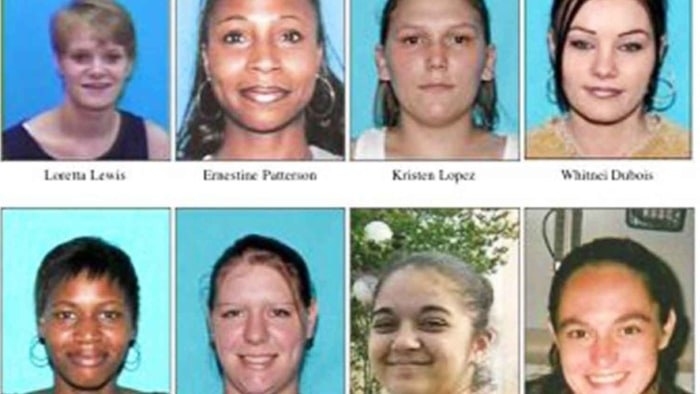

The investigation, which is ongoing, is not the primary subject of "Lost Girls," and whether or not Shannan was murdered at all is in dispute. It's still not clear if all of these people were victims of the same killer, but Suffolk County District Attorney Thomas Spota told the press, "It is clear that the area in and around Gilgo Beach has been used to discard human remains for some period of time." In time, six other bodies or parts of bodies were found along the parkway, some of which matched body parts found in other locations in Long Island. None of them were Shannan, but they were all eventually identified as escorts who, like Shannan, advertised on Craigslist: Maureen Bainard-Barnes, Melissa Barthelemy, Megan Waterman and Amber Overstreet Costello. If it were not for a canine-unit officer who resolved to scour the area as part of a training exercise that December, the police might never have found the four bodies wrapped in burlap further down the highway from town. (The Suffolk cops gave them the brushoff and told the boyfriend to file the report in New Jersey.) The next day, her boyfriend drove from Jersey City to search for her and he and Brewer tried to file a missing persons report.
LONG ISLAND KILLER VICTIMS DRIVER
After she ran, her driver was unable to find her or reach her on her cellphone, and eventually he went home. She'd arrived in Oak Beach with a driver and become upset while in Brewer's house, but neither man had been able to persuade her to get back in the car and leave. Shannan was an escort who had been hired by Joe Brewer, the hard-partying, ne'er-do-well scion of a wealthy Long Island real estate clan. (She was already on her cellphone with 911.) Shannan was last seen running in the direction of a nearby marsh. Whether Coletti let Shannan inside or not is a matter of debate, but in any event she ran off down the street, hammering on other doors, after he told her he'd called the police. The case opened in the early hours of May 1, 2010, when a distraught young woman named Shannan Gilbert pounded on the door of Gus Coletti's house in the tucked-away community of Oak Beach. What they will find instead of tabloid shockers and chills is a sweepingly reported portrait of the world in which such monsters operate, how it creates opportunities for them to kill and what happens to those left behind. We find them fascinating, even as we revile them as sick, and the fact that "Lost Girls" concerns one of them will no doubt attract many readers to Kolker's book.
LONG ISLAND KILLER VICTIMS SERIAL
Serial killers exert a demonic magnetism in American culture they suck up our attention with the extremity of their terrible deeds and their unfathomable motives. The absence of the killer is the making of this book, a constraint that allows it to become extraordinary. Surely a few readers of "Lost Girls" will find this unsatisfying, but that will be their shortcoming, not Kolker's.

What many true crime aficionados would regard as the most important element of the crimes - the identity of the perpetrator - is the one piece of information Kolker, along with everybody else investigating the killings, cannot supply. At least four and possibly as many as 14 murders have been attributed to a still-unknown individual who dumped his victims' remains along the desolate 15-mile stretch of Ocean Parkway beside Gilgo Beach, on one of the barrier islands of Suffolk County, N.Y. Kolker, a contributing editor at New York magazine, has covered the Long Island Serial Killer case for that publication, and the case remains open. There's a hole at the center of Robert Kolker's new book, "Lost Girls: An Unsolved American Mystery," and he lets you know it right in the subtitle.


 0 kommentar(er)
0 kommentar(er)
